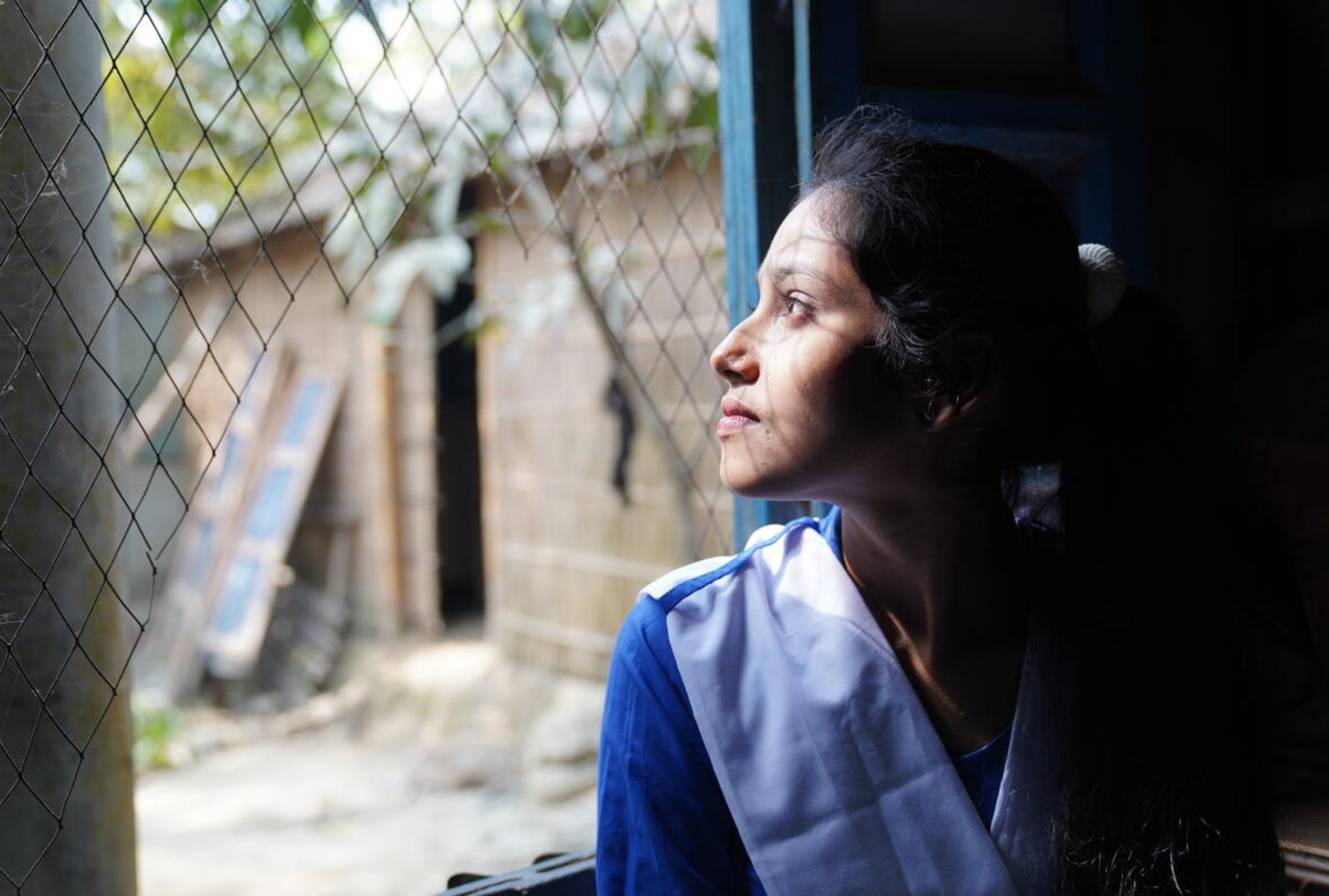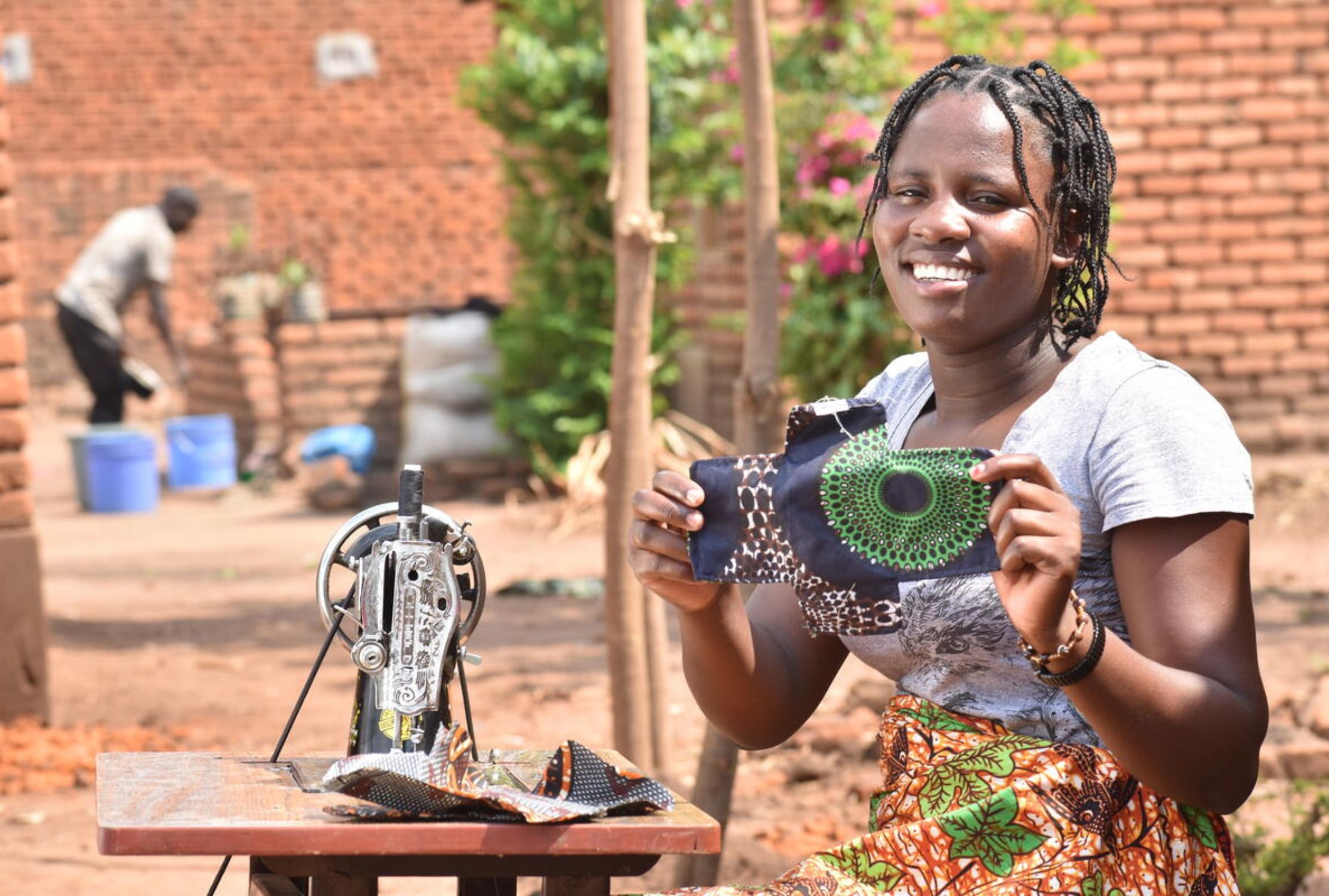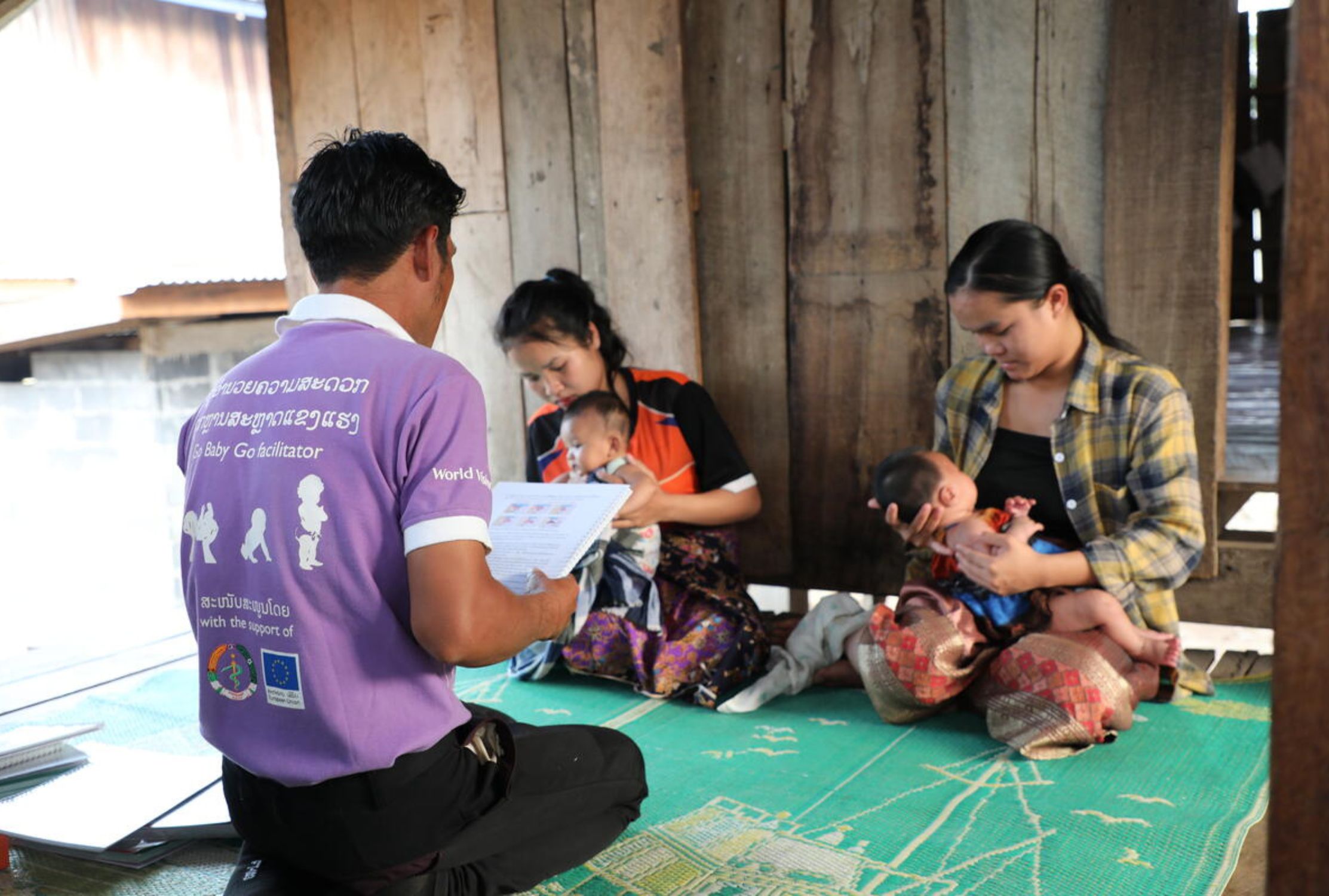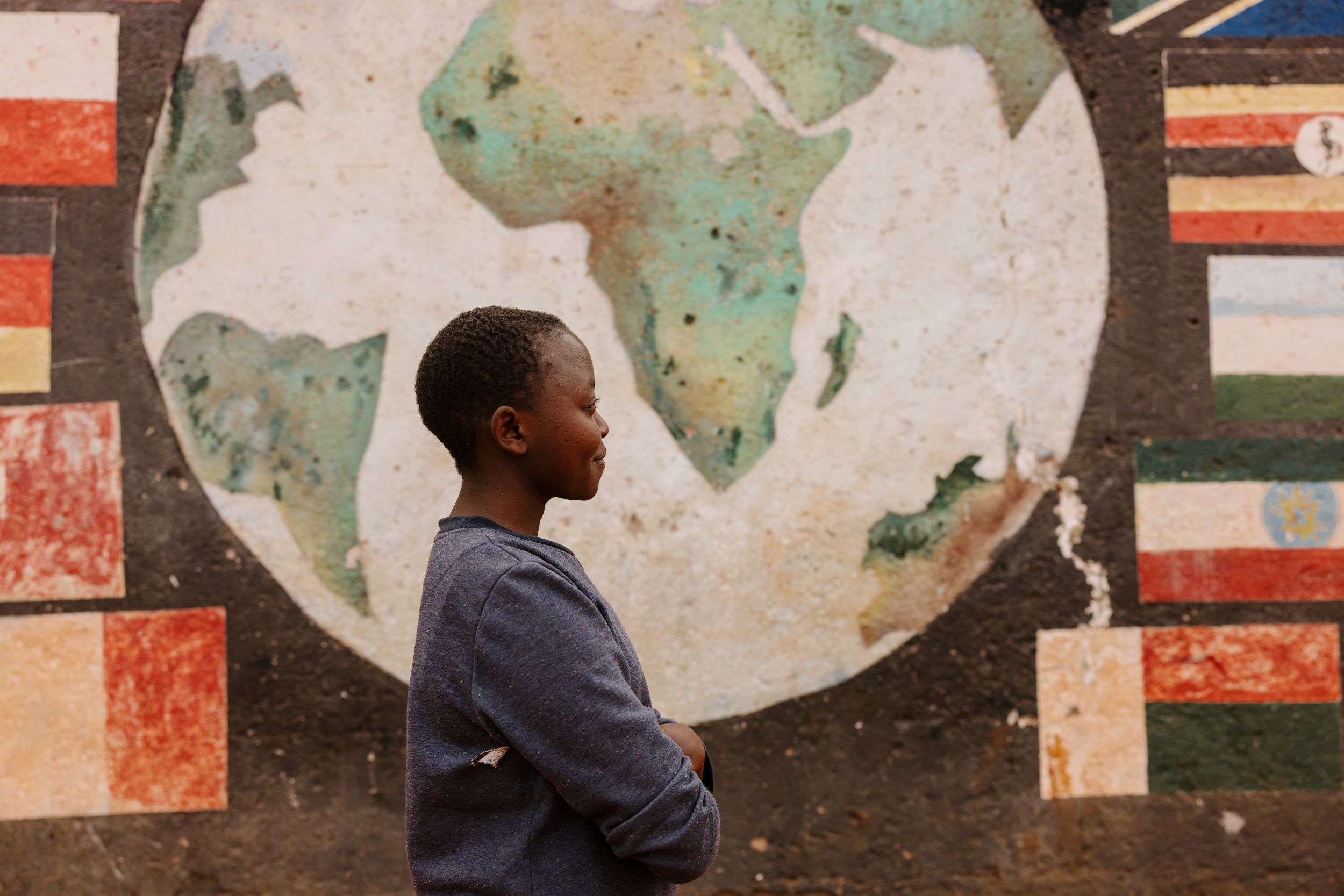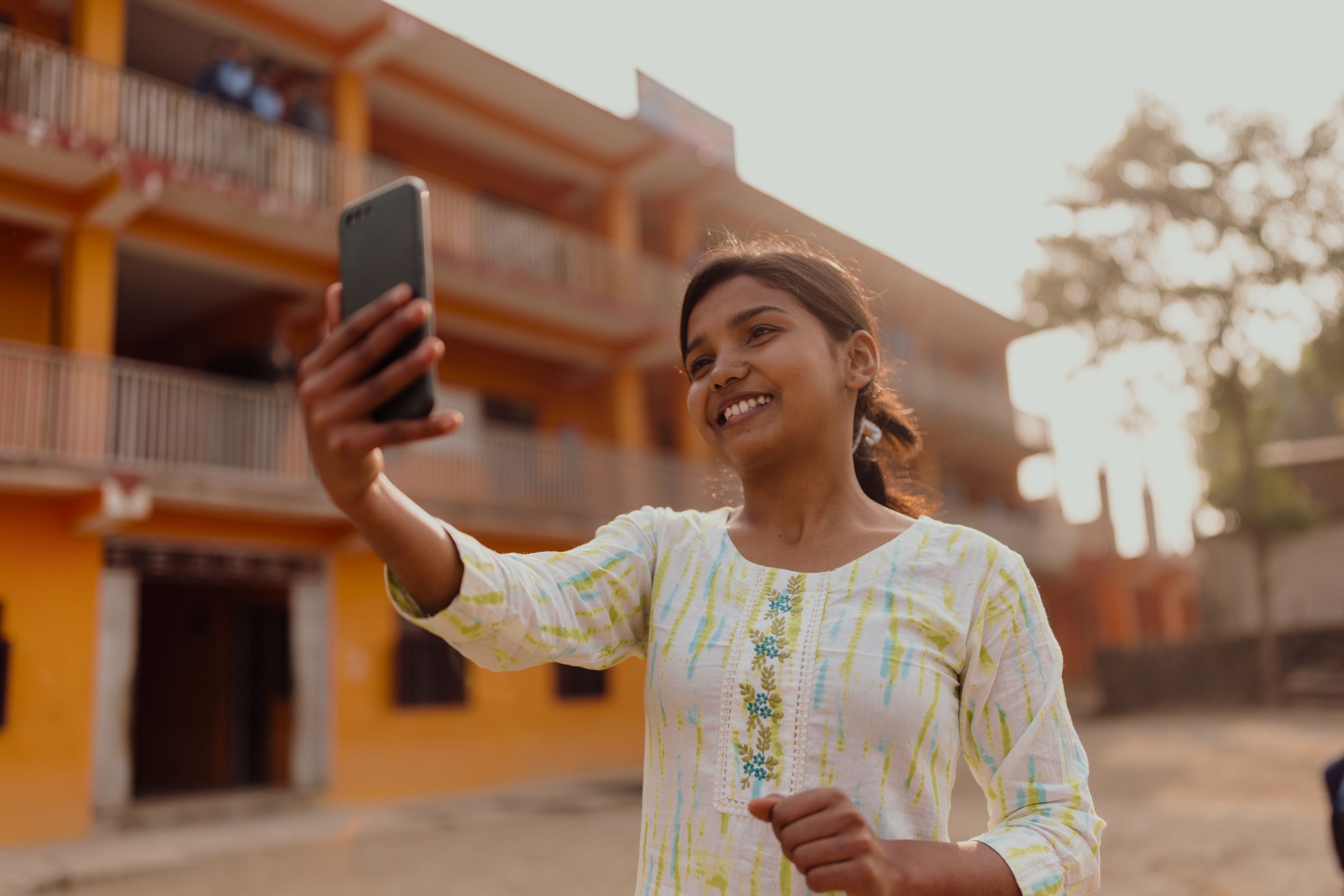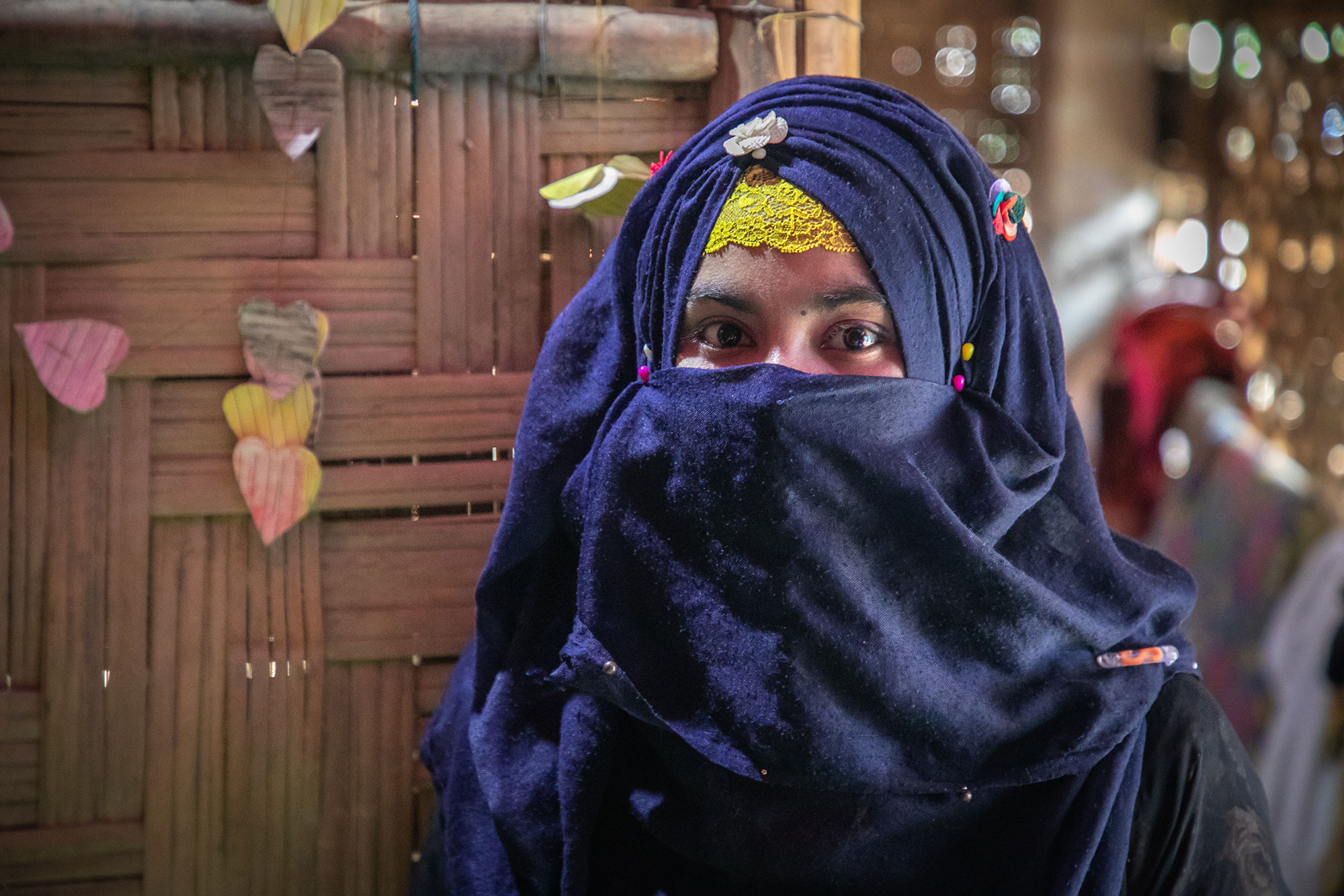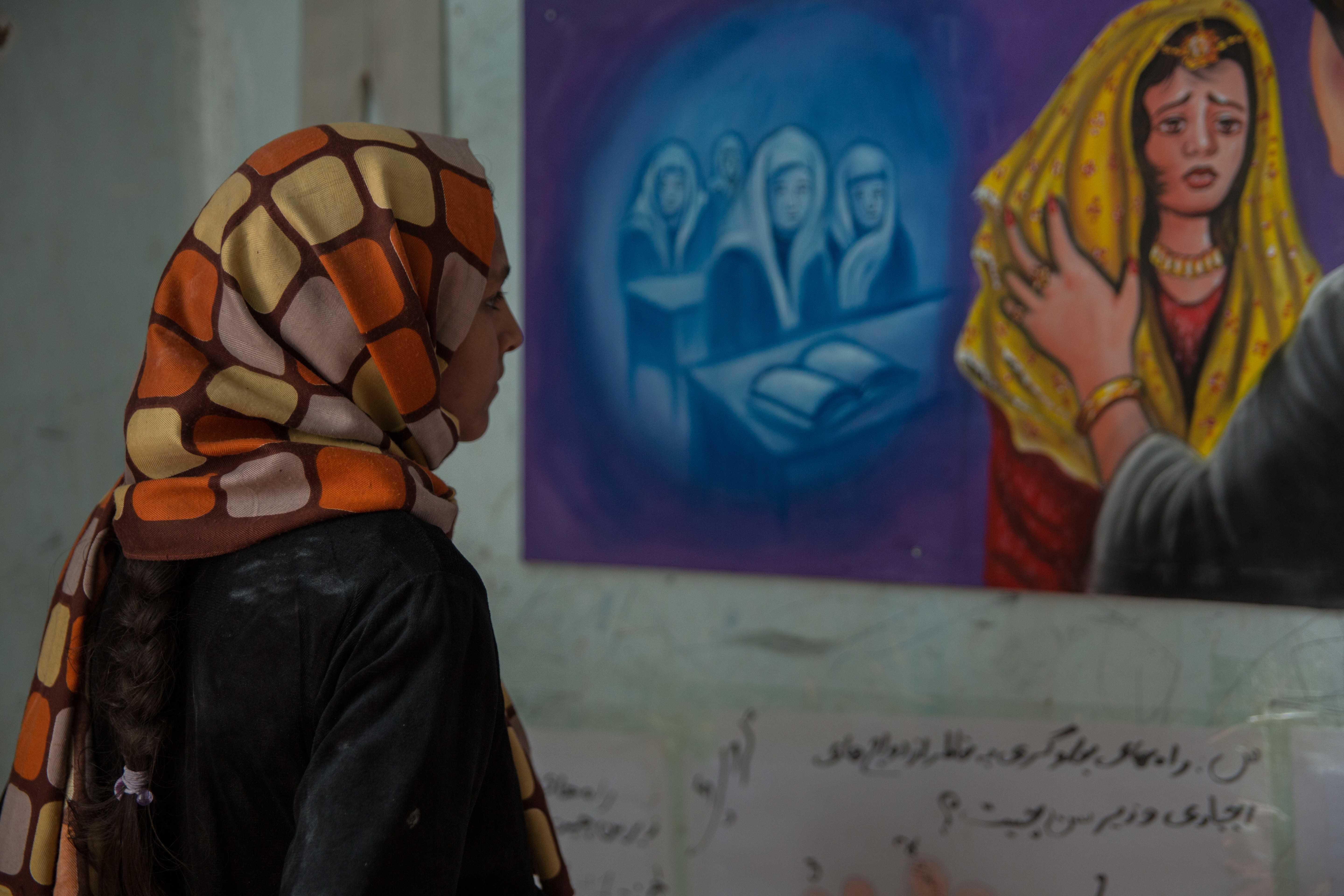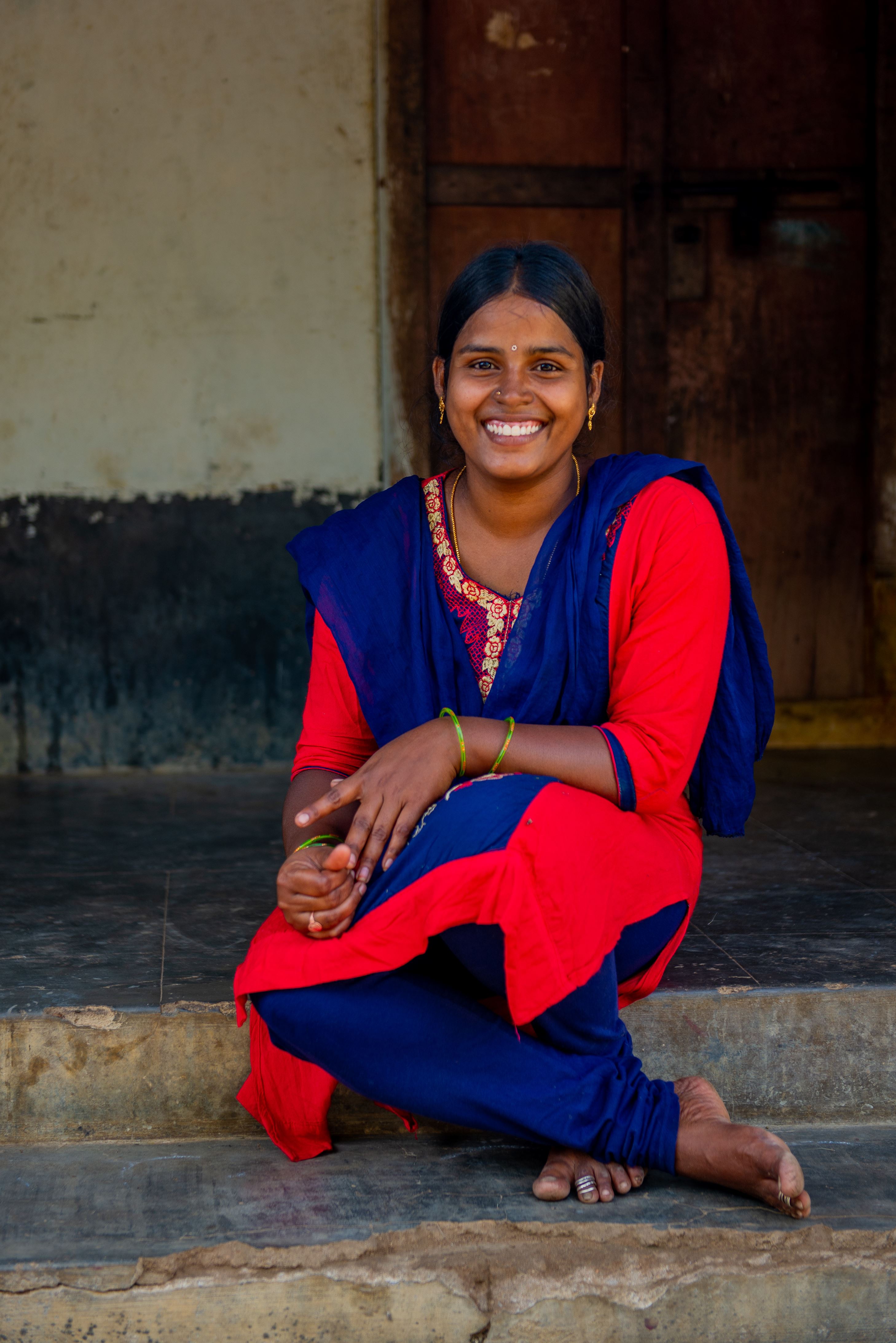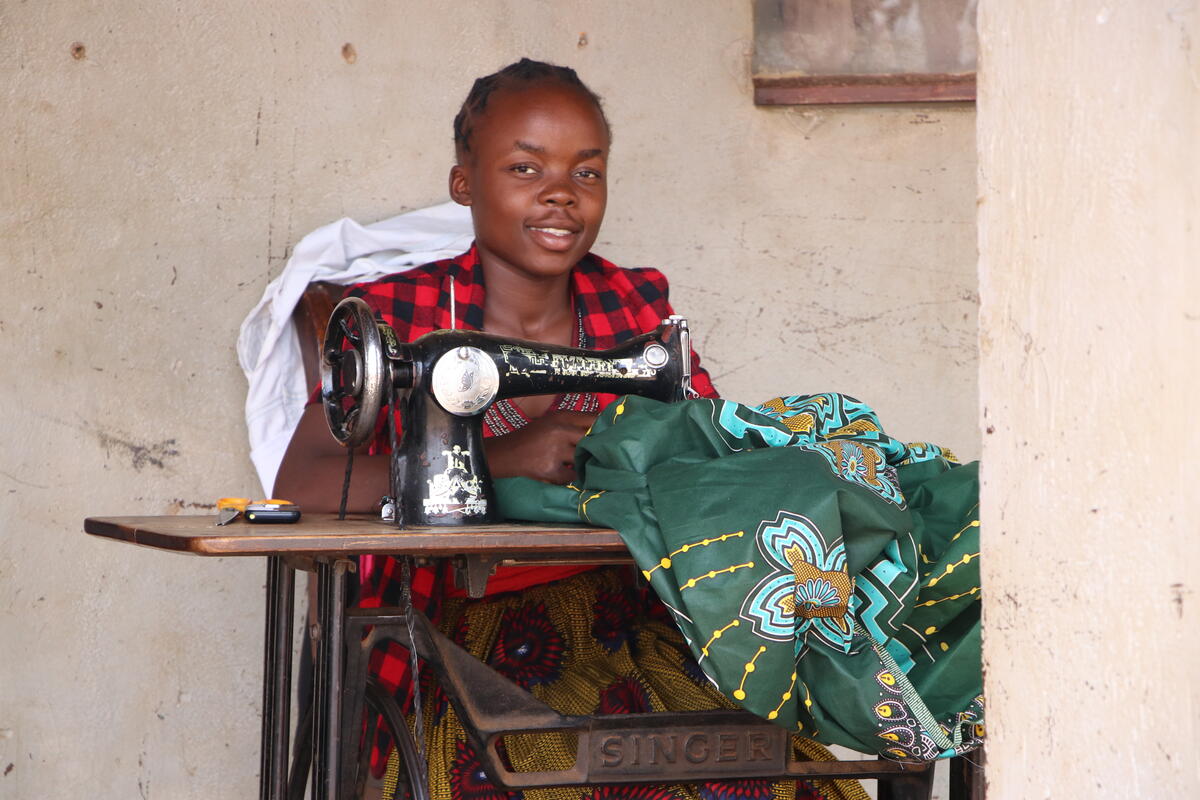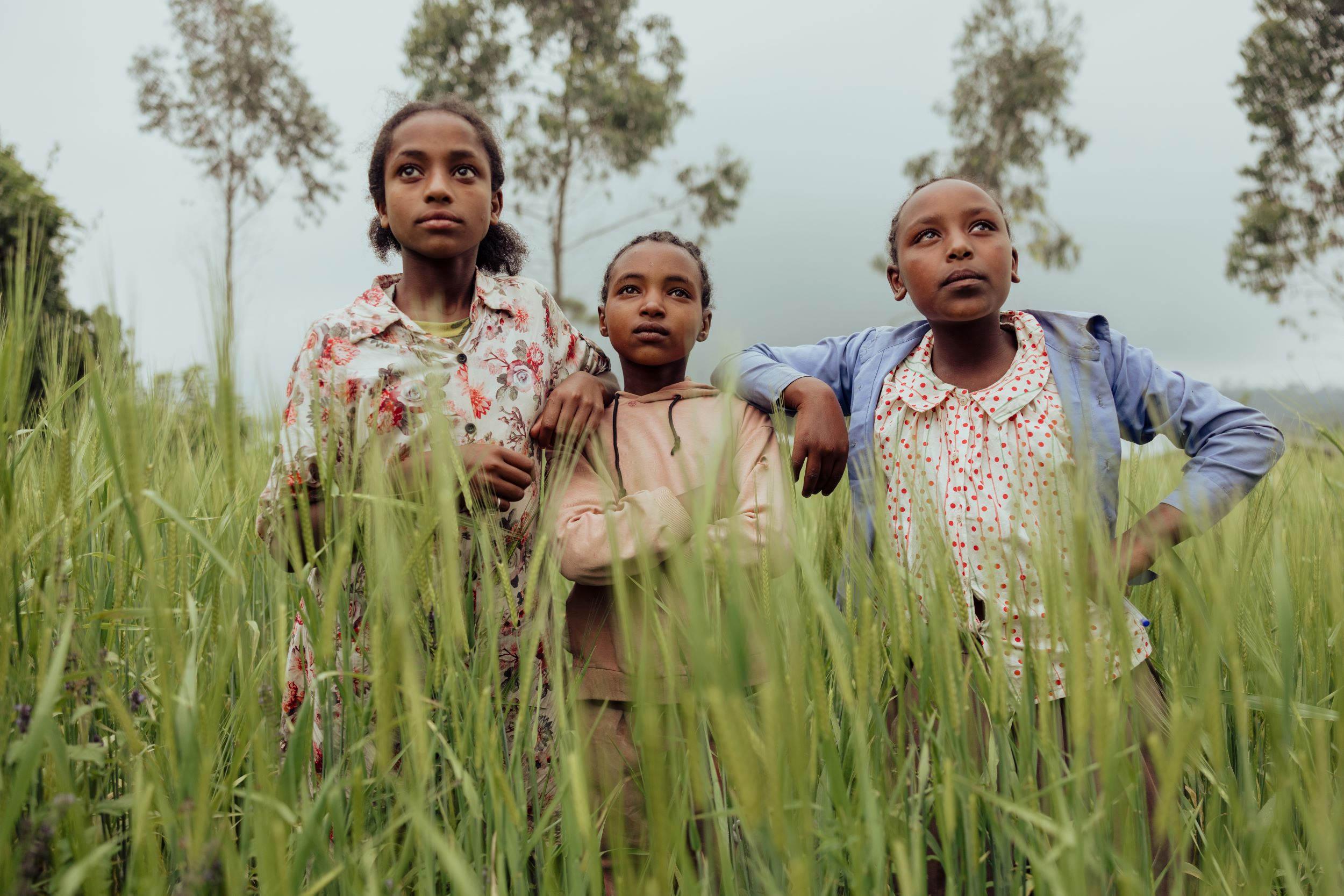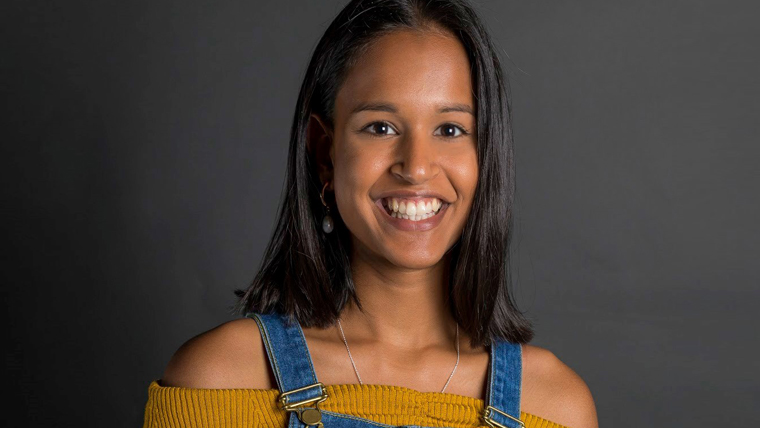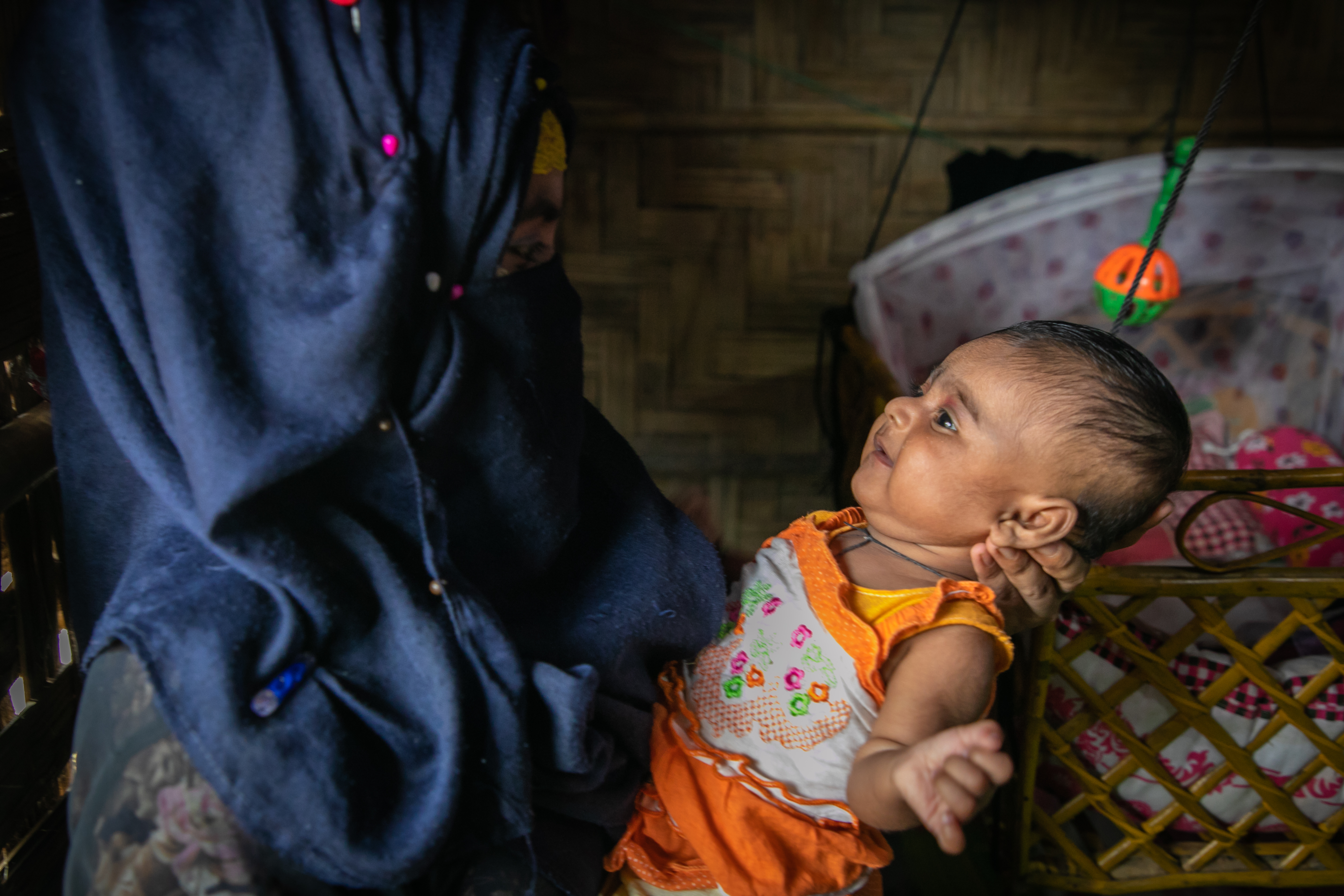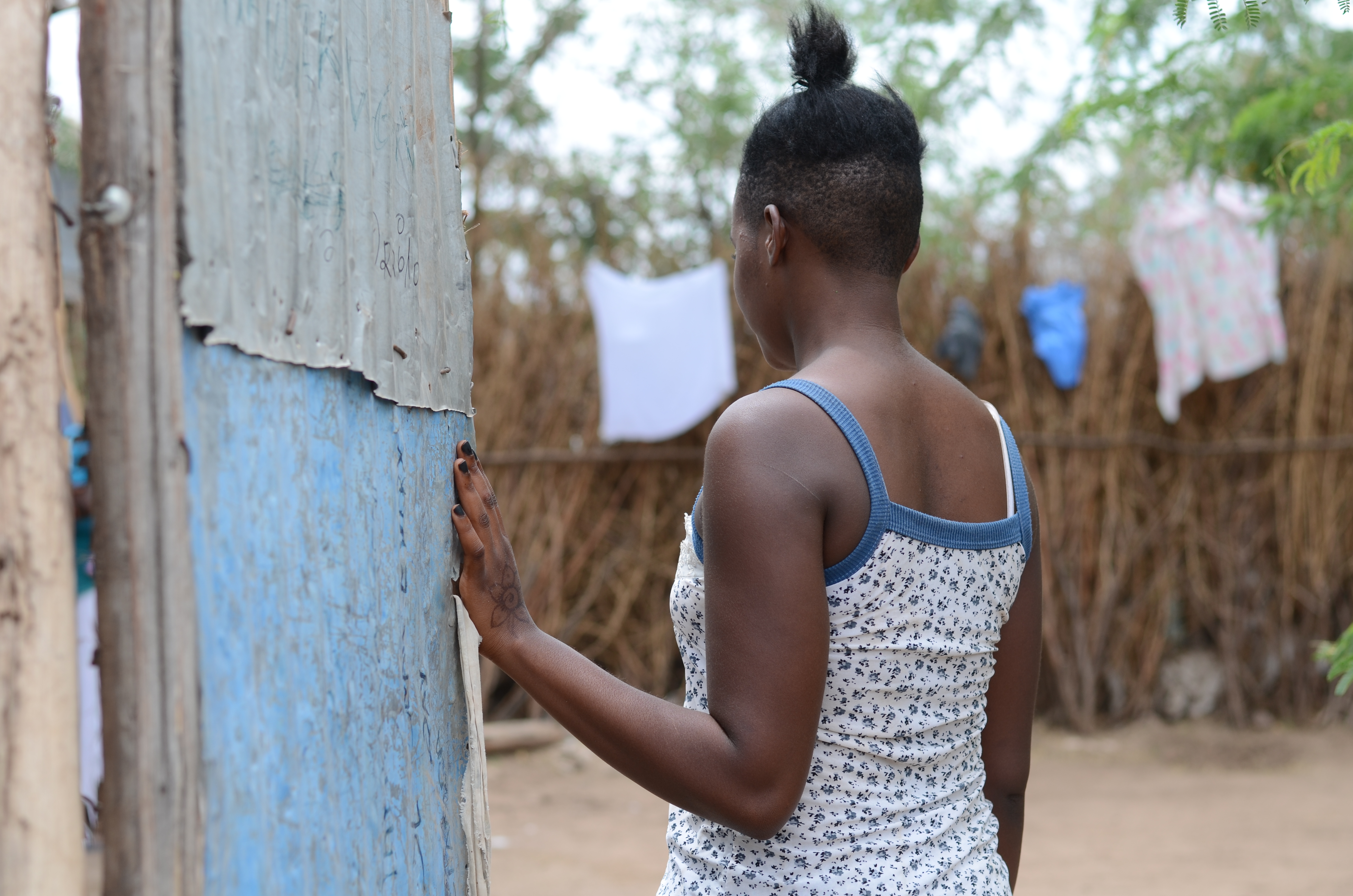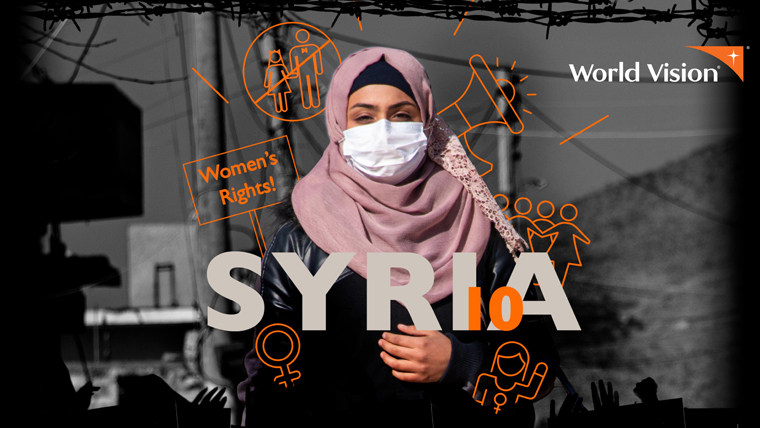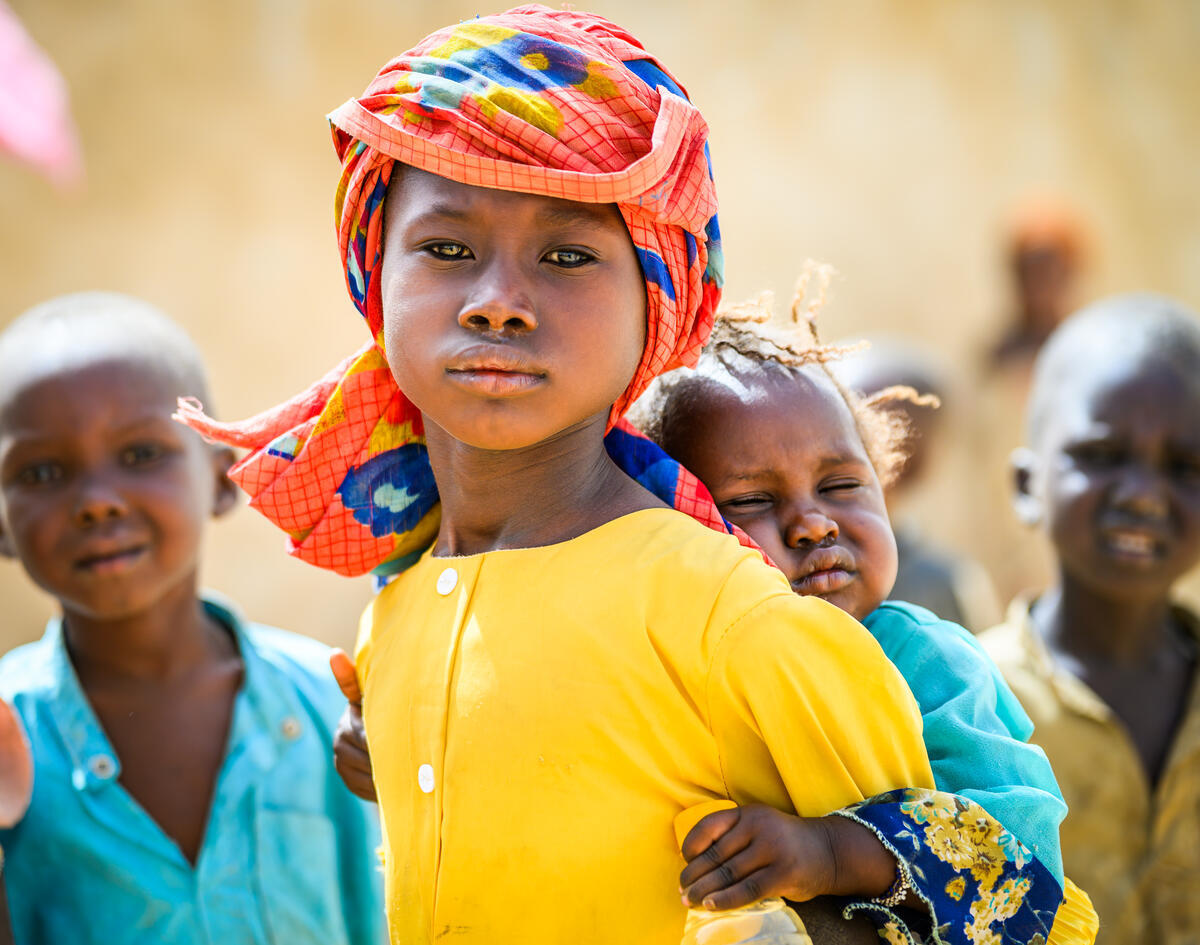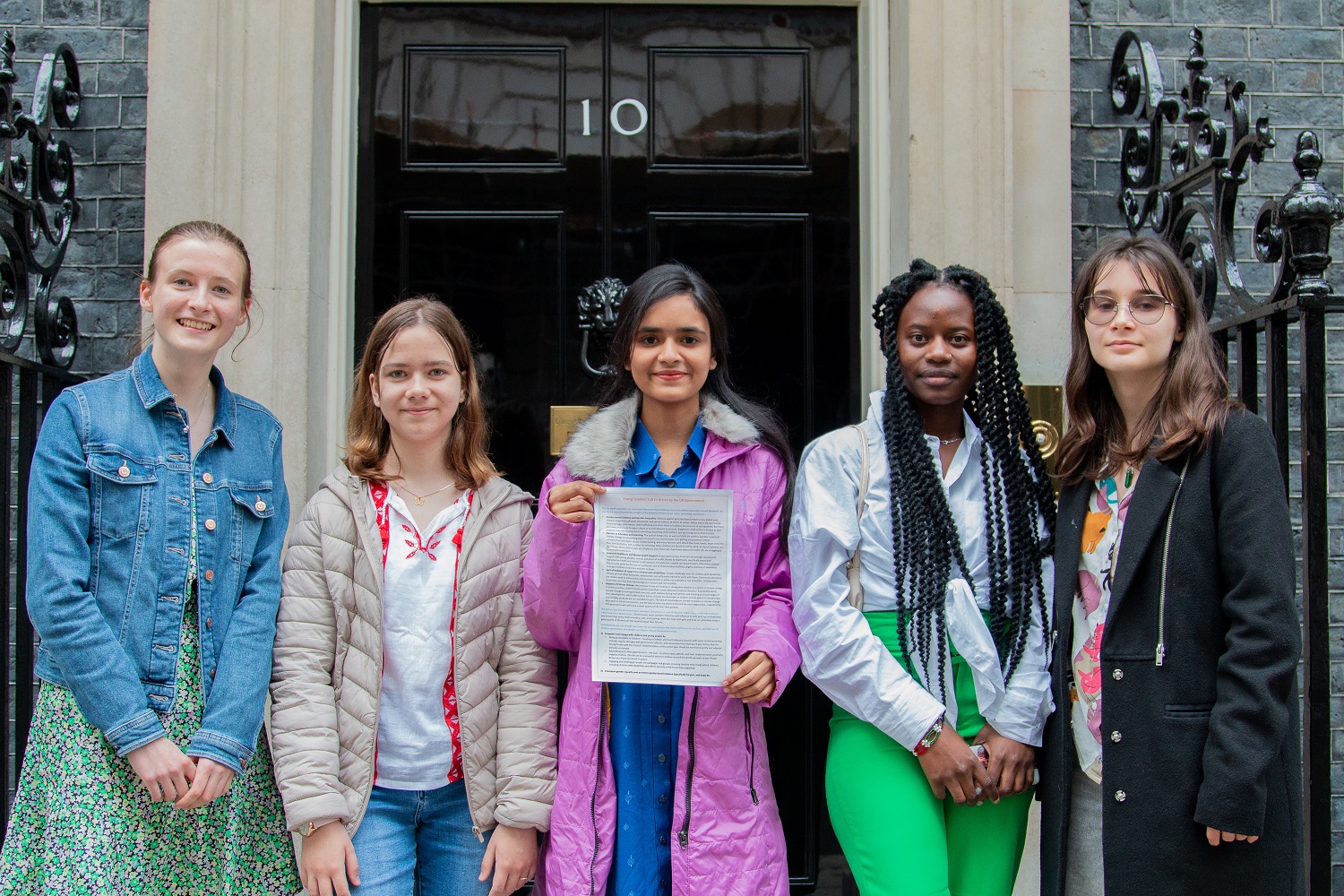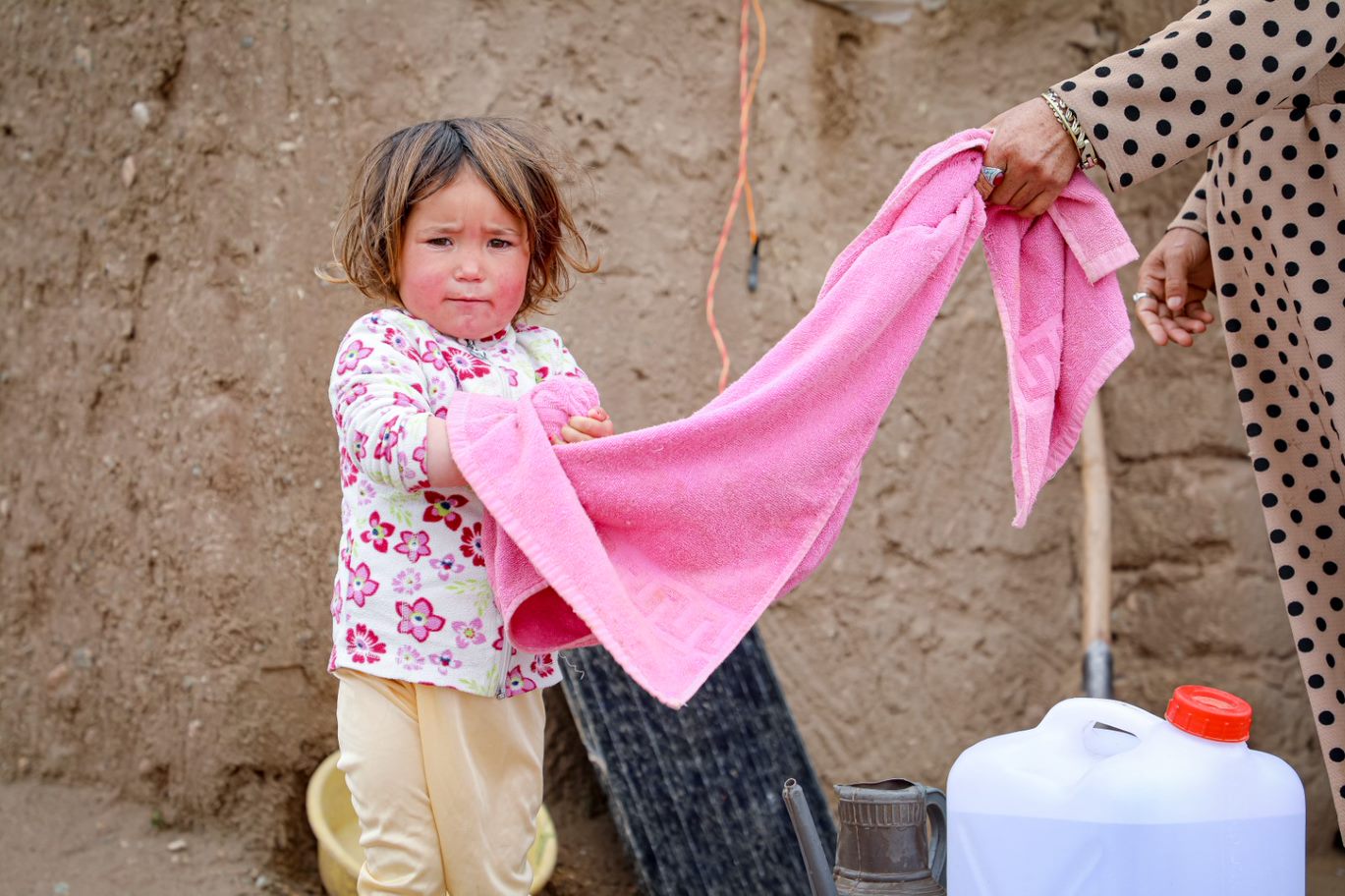Children are being exploited
The sad reality is - by the time you finish this sentence, another child will have been forced into a marriage.
Childhood marriage affects children - mainly girls - around the world. It strips them of their freedom and their right to education, and it puts their lives in danger. There isn't just one cause of child marriage, which is why it takes a lot of work to put a stop to it. It happens across religions, cultures and countries and can be caused by poverty, lack of access to education, and cultural, social, and gender norms. Almost all of the top 25 countries with the highest rates of child marriage are affected by natural disasters, fragility, or conflict.
For over 70 years, World Vision has been working in these countries to end child marriage. We tackle the root causes like family poverty and work with families and communities, highlighting a girl's worth and raising awareness of the terrible effects being forced to marry as children can have on young people’s lives.

